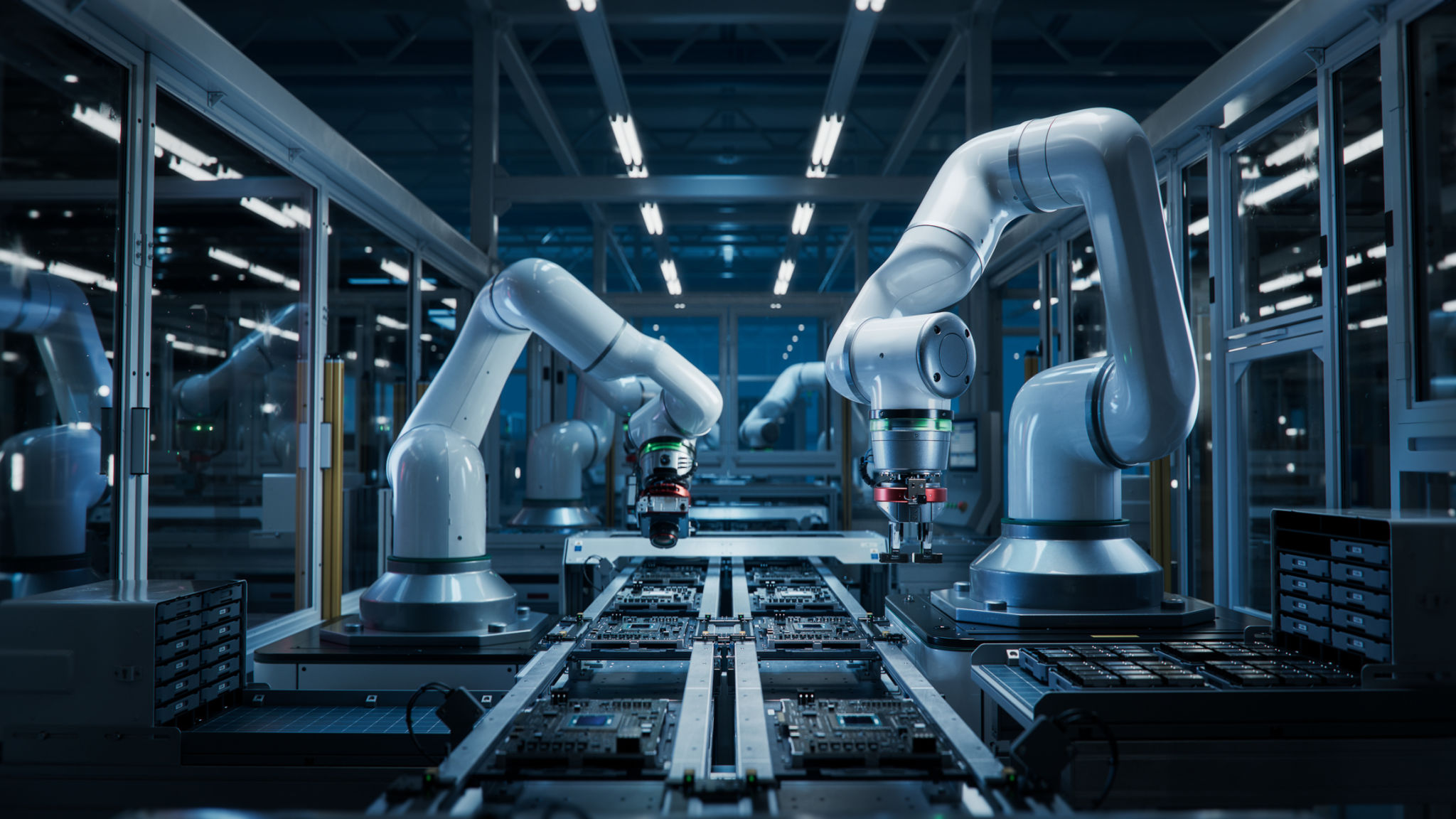A Comprehensive Guide to Robotic Process Automation Services
Understanding Robotic Process Automation (RPA)
In today's fast-paced digital world, businesses are constantly on the lookout for ways to enhance efficiency and reduce operational costs. Robotic Process Automation (RPA) has emerged as a groundbreaking technology that automates repetitive tasks, allowing companies to focus on more strategic activities. By deploying software robots or 'bots', businesses can streamline processes that were traditionally manual and time-consuming.
RPA services offer a wide range of benefits, from improving accuracy to enhancing productivity. These services are particularly beneficial for industries like finance, healthcare, and manufacturing, where routine tasks are abundant. As organizations increasingly adopt RPA, understanding its intricacies becomes crucial for maximizing its advantages.

Key Components of RPA
RPA systems are composed of several essential components that work in tandem to deliver seamless automation. These typically include the bot creator, which is used to design and build the automation workflows, and the bot runner, responsible for executing the tasks. Additionally, an orchestrator is often used to manage, monitor, and schedule bots across various processes.
The integration of these components ensures that RPA solutions are both scalable and flexible. The ability to easily configure and deploy bots without extensive programming knowledge makes RPA accessible to a wide range of users, from IT professionals to business analysts.
Benefits of Implementing RPA
One of the primary advantages of RPA is its potential to significantly reduce operational costs. By automating mundane tasks, businesses can cut down on labor expenses and minimize human errors. This leads to improved operational efficiency and a higher return on investment.

Moreover, RPA enhances compliance by ensuring that processes are executed consistently and according to regulatory standards. With automation, businesses can also achieve faster processing times, enabling them to respond more quickly to market changes and customer demands.
Enhancing Customer Experience
In addition to operational benefits, RPA plays a crucial role in enhancing customer experience. By automating back-office processes, companies can focus more resources on customer-facing activities, leading to a more personalized and efficient service delivery. This not only improves customer satisfaction but also enhances brand loyalty.
Challenges and Considerations
Despite its many benefits, implementing RPA is not without challenges. Businesses must carefully consider the selection of processes suitable for automation. Not all tasks are ideal candidates for RPA; those with high variability or requiring complex decision-making may not benefit from automation.

Another consideration is the integration of RPA with existing systems. Compatibility issues may arise, necessitating a thorough evaluation of current IT infrastructure. Additionally, companies must invest in training and change management to ensure a smooth transition to automated processes.
The Future of RPA
The future of RPA is promising, with advancements in artificial intelligence and machine learning poised to further enhance its capabilities. As RPA technology evolves, it is expected to handle increasingly complex tasks that go beyond simple rule-based automation.
Businesses that adopt RPA today are positioning themselves for success in the future digital landscape. By embracing innovation and leveraging technology, they can gain a competitive edge and drive sustainable growth.
